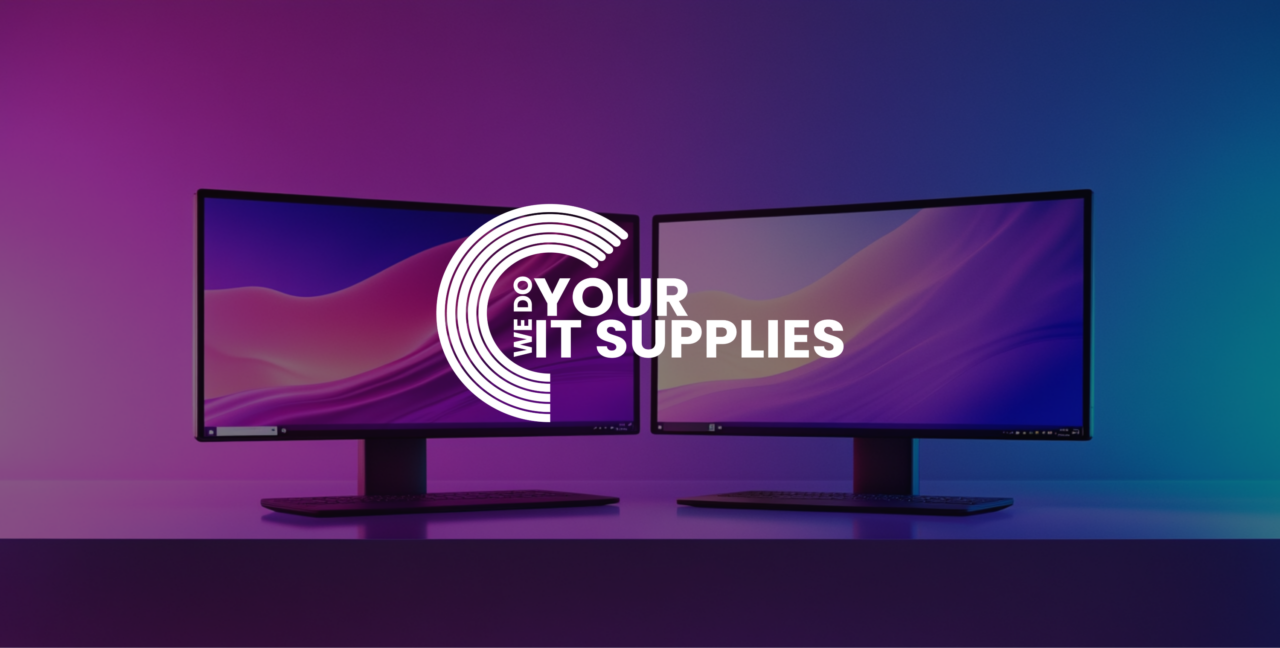

Computers that have passed through the healthcare industry are some of the most valuable buys on the black market and dark web.
What should healthcare companies and institutions do with their old or spent hardware – that once contained patient data?
Improper disposal of sensitive information can potentially compromise thousands of patients and their most personal data.
When it’s time for a system to be discarded, there are various methods that can secure a drive – and prevent third parties from reaccessing private data.
Here’s your guide to safely disposing of hardware that once contained patient data.
One of the worst data hacks ever to hit the healthcare industry happened in Ireland (2020) when the entire country’s healthcare database was compromised – and sensitive patient data was hawked on dark web marketplaces for a fee.
Healthcare cybersecurity is under the spotlight everywhere.
If you handle sensitive patient data, throwing away old files or computers isn’t enough. Simple recovery software can pull as much as 90% or more from a deleted drive, and sophisticated forensic data recovery options can get back even more.
The first step for any healthcare provider who is about to discard their old system is to back up all vital data, either on a secondary server or a reputable cloud-based provider.
Data can include past email servers, patient records or business and financial records that will be transferred to new systems.
If you are not sure how to do this, seek a professional data backup company to assist.
When it’s time to discard old systems, inform personnel about this change far ahead of time, while people aren’t supposed to keep any of their personal information or home files on work systems, many still do it – and now is an excellent time to give them enough time to remove their files whilst having a talk about proper cybersecurity measures.
If it’s time for a PC to go to a good cause, new home or parts repository, software options can make the computer safer for the previous owner – and easier to use for the next one.
Software caches and browser history should best be cleared on their own. Remember to tick any boxes for the proper removal of passwords and other personal information that the browser might have collected over time.
A professional hard drive format can clear out most of what’s on an HDD, though professional recovery software can still get most of the information back. If you want to prevent this, install another operating system after formatting – or use forensic erasure software.
Professional Erasure Software
Professional erasure software goes deeper than a simple format but permanently deletes files and their associated tags in the very depth of the drive. This is a better bet for healthcare providers when hoping to clear patient data for good.
Most IT professionals prefer the reassurance of complete HDD removal and destruction to ensure no data can be recovered from the hard drive. While this could seem drastic, never underestimate how far hackers might go to try to get at a patient’s personal information.
The remaining parts, including towers-sans-HDD, can be donated to good causes or charitable organizations.
This website uses cookies to improve your experience. Choose what you're happy with.
Required for the site to function and can't be switched off.
Help us improve the website. Turn on if you agree.
Used for ads and personalisation. Turn on if you agree.
This website uses cookies to improve your experience. Choose what you're happy with.
Required for the site to function and can't be switched off.
Help us improve the website. Turn on if you agree.
Used for ads and personalisation. Turn on if you agree.